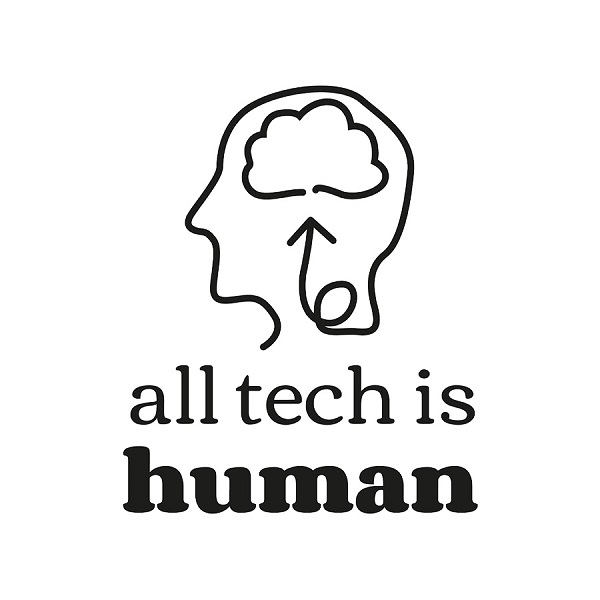Google is set to start flagging AI-generated images in search results by the end of 2024. This initiative addresses growing concerns over the authenticity of digital content. For cybersecurity professionals, tracking the origins of AI-generated media is crucial to maintaining trust in online platforms as AI continues to grow.
Google’s decision to label AI-generated images comes at a pivotal moment. Deepfakes and other AI-generated media are already causing issues, from spreading disinformation to stirring political unrest. The potential for manipulation is undeniable.
Take recent elections, for instance. Deepfake videos and images were used in misleading ads, leaving voters confused and eroding trust in the political process. Such incidents highlight the dangers of AI-generated content, which, if unchecked, could worsen misinformation and undermine public confidence in online media.
How It Will Work
Google focuses on transparency without disrupting user experience. AI-generated images will have invisible markers embedded in their metadata—watermarks that signal the image’s origin without altering its appearance.
Additionally, Google will also add visible labels to search results, directly notifying users when an image is AI-generated. This feature will help users place AI-created content, particularly in art, education, or entertainment, within the appropriate context.
Furthermore, Google’s system uses the Markup metadata standard, allowing creators to signal when their media has been generated by AI. Google is encouraging platforms and creators to adopt these transparency practices, making the digital landscape easier to navigate.
Cybersecurity and AI-Generated Content
For cybersecurity professionals, AI-generated content presents new challenges. While Google’s initiative is a step forward, it also highlights the rise of AI-powered disinformation.
Here are some key concerns:
- AI can now create hyper-realistic images and videos, making deepfakes harder to detect. Detecting such media will require advanced tools that analyze both visuals and metadata.
- Cybercriminals could generate AI images of trusted figures, such as company executives, to deceive others into sharing sensitive information. This represents the next evolution of phishing attacks.
- As detection systems improve, attackers will adapt. Adversarial AI techniques can tweak AI-generated images in ways that confuse detection systems, making them harder to spot. Cybersecurity experts must stay ahead by developing sophisticated algorithms that can counter these tactics.
Implications for Trust and Accountability
Google’s move to flag AI-generated images reflects a broader push for transparency in digital spaces. As AI continues to shape various fields—whether marketing, journalism, or entertainment—users deserve to know when machines have created or altered content.
AI-created images now appear in ads, news, and art, blending seamlessly with traditional content. Without clear labeling, users may struggle to distinguish real from synthetic media, potentially eroding trust.
By identifying AI-generated content, Google empowers users to make informed decisions about the media they consume. This also sets an important precedent for creators and platforms, reinforcing accountability in an AI-driven era.
In conclusion, Google’s labeling system is a strong start but not a complete solution. The complexity of AI-generated media will continue to grow, requiring innovation and collaboration between tech companies, cybersecurity experts, and policymakers to address emerging threats such as deepfakes.




